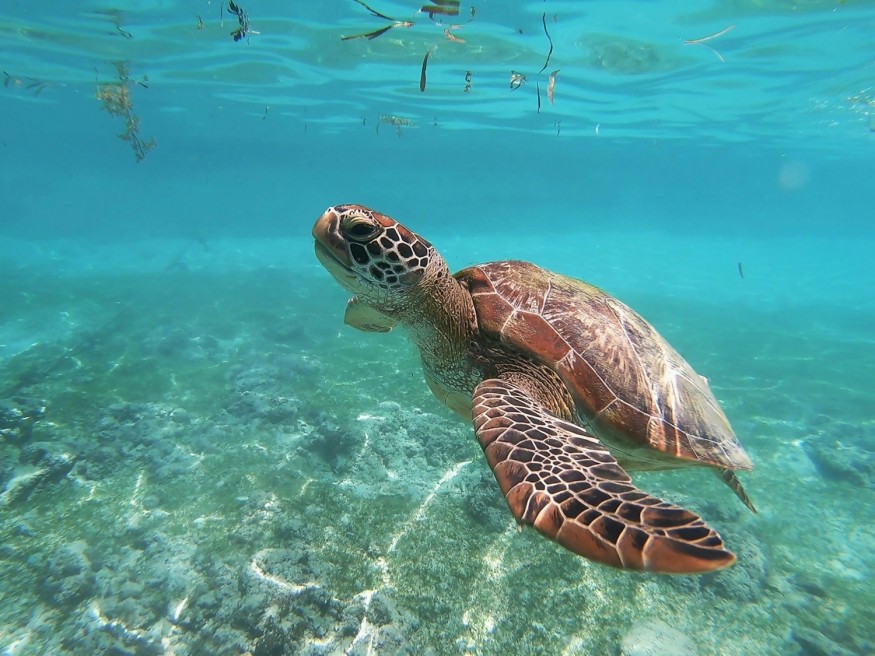Sea turtles are disappearing in a small area along the Caribbean coast of Venezuela, with the marine reptiles seeming to be struggling with the growth of their population due to a mysterious "sea turtle killer," according to reports earlier this week.
The phenomenon, which involves a low survival rate for hatchlings, is happening in a small town called La Sabana, which is one of the seven villages located in Vargas State, Venezuela.
The culprit behind the sea turtle deaths has been linked to a flowering plant, called Scaevola taccada, also called beach cabbage or sea lettuce. The unlikely sea turtle killer is neither a mutated nor a monstrous plant but rather a typical flora species that can be found in rocky or sandy coastal locations across the tropics.
Furthermore, the S. taccada directly grows on beaches along tropical coasts.
Sea Turtle Deaths in La Sabana

The sea turtle killer in the shores of La Sabana is affecting the species of loggerhead sea turtle (Caretta caretta). The beach cabbage, which also thrives in the mangrove swamps of the South Pacific, was found by biologists to be responsible for the marine reptile's struggling population in the area.
The main cause of the sea turtle deaths is due to the plant's roots crowding the eggs before they are even fully formed.
One of the witnesses of this bizarre phenomenon is biology student Angelica Burgos, who is also a volunteer at the Nueva Esparta State Sea Turtle Conservation Group. Burgos reportedly identified the ecological change in the area as early as 2014, according to US media reporting.
The volunteer also added that the small, thin roots of the sea lettuce are invading the miles-long coastline of La Sabana town.
Also Read : Sea Turtle Dies After Swallowing Halloween Toy, Scientists Highlight Impact of Plastic Pollution [Study]
Beach Cabbage
According to experts, the beach cabbage plant species is considered invasive in some parts of the world, including in Bermuda, the Bahamas, and some islands of the West Indies. S. taccada belongs to the family Goodeniaceae which includes 12 genera and 430 species with a global distribution.
All species belonging to this plant family are common in environments with arid and semi-arid climates.
Aside from its reported track record of killing sea turtles in La Sabana, the beach cabbage is considered a natural barrier against coastal erosion. For instance, the presence of sea lettuce along sandy shores prevents ocean waves from entering inland, absorbing the waters that could strip the sand from the beach.
Global Sea Turtle Threat
Sea turtles not only face threats from invasive plants but also from a variety of natural and anthropogenic factors. Citing a study published in the journal Biological Conservation, the non-profit organization Oceana reported that 4,600 sea turtles are killed each year in the United States.
Experts say the sea turtle populations in the Atlantic Ocean and Indian Ocean are declining. Some of the causes of death include poaching, overexploitation, bycatch, and habitat destruction, in addition to natural predation and climate change.
© 2025 NatureWorldNews.com All rights reserved. Do not reproduce without permission.





